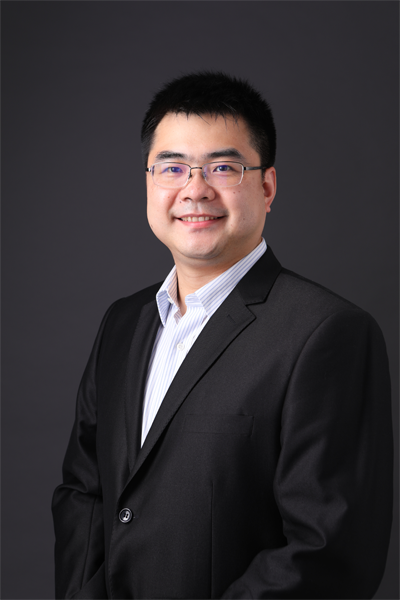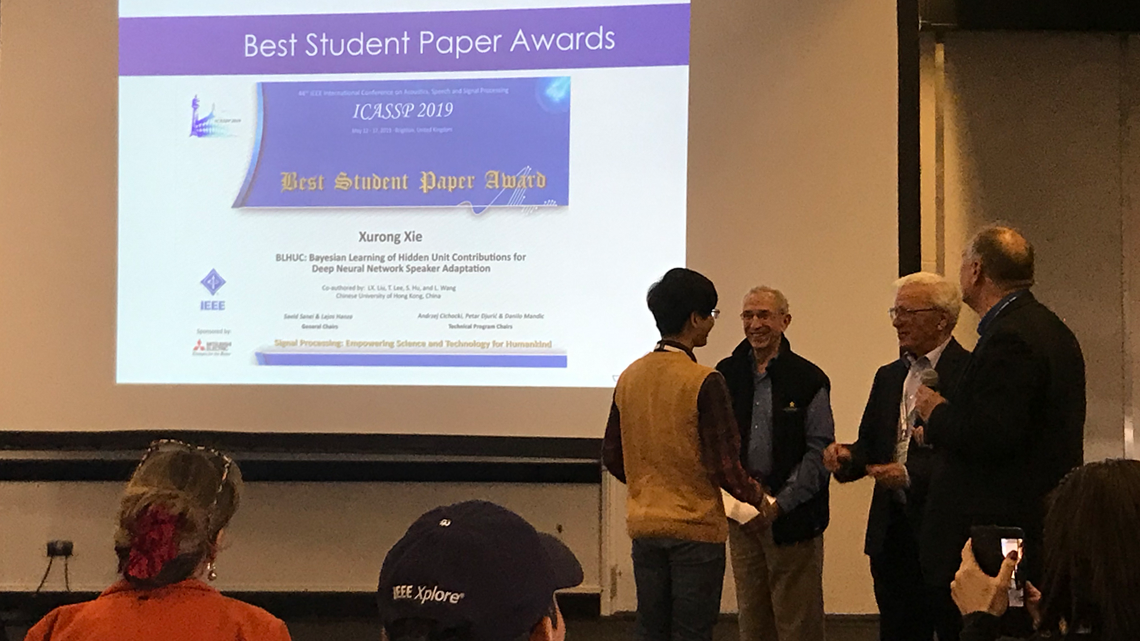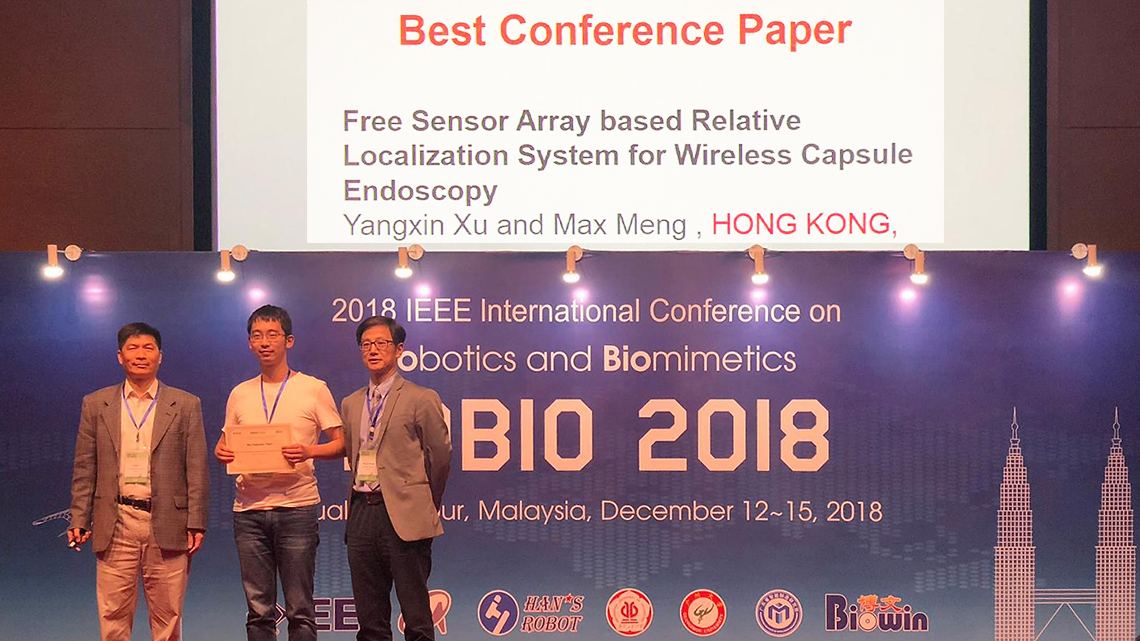Homepage
Home
The paper “T-CNN: Tubelets With Convolutional Neural Networks for Object Detection From Videos” of EE PhD alumni Kai Kang supervised by Prof. Xiaogang WANG, Prof. Hongsheng LI has been selected by the IEEE Circuits and Systems Society to receive the IEEE CAS Society 2020 Outstanding Young Author Award. The paper was published on IEEE Transactions on Circuits and System for Video Technology (Volume 28, Issue 10, pp. 2896 – 2907) in 2018 and was selected from all papers by junior researchers in IEEE CAS society's transactions.
Dr. WANG, Xiaomu obtained PhD degree in the EE department at the Chinese University of Hong Kong (CUHK), advised by Prof. XU, Jianbin in 2012. Recently, he has been awarded “Qiu Shi Outstanding Young Scholar Award 2019”, by Qiu Shi Science and Technology Foundation, Hong Kong. There are totally 12 laureates of the Young Scholar Award 2019. More details could be found at http://www.qiushi.org/index.php?m=content&c=index&a=lists&catid=185
Congratulations!

Subcategories
Scholarship Received Article Count: 22
Professors and Research Staff Article Count: 132
Students Article Count: 159





